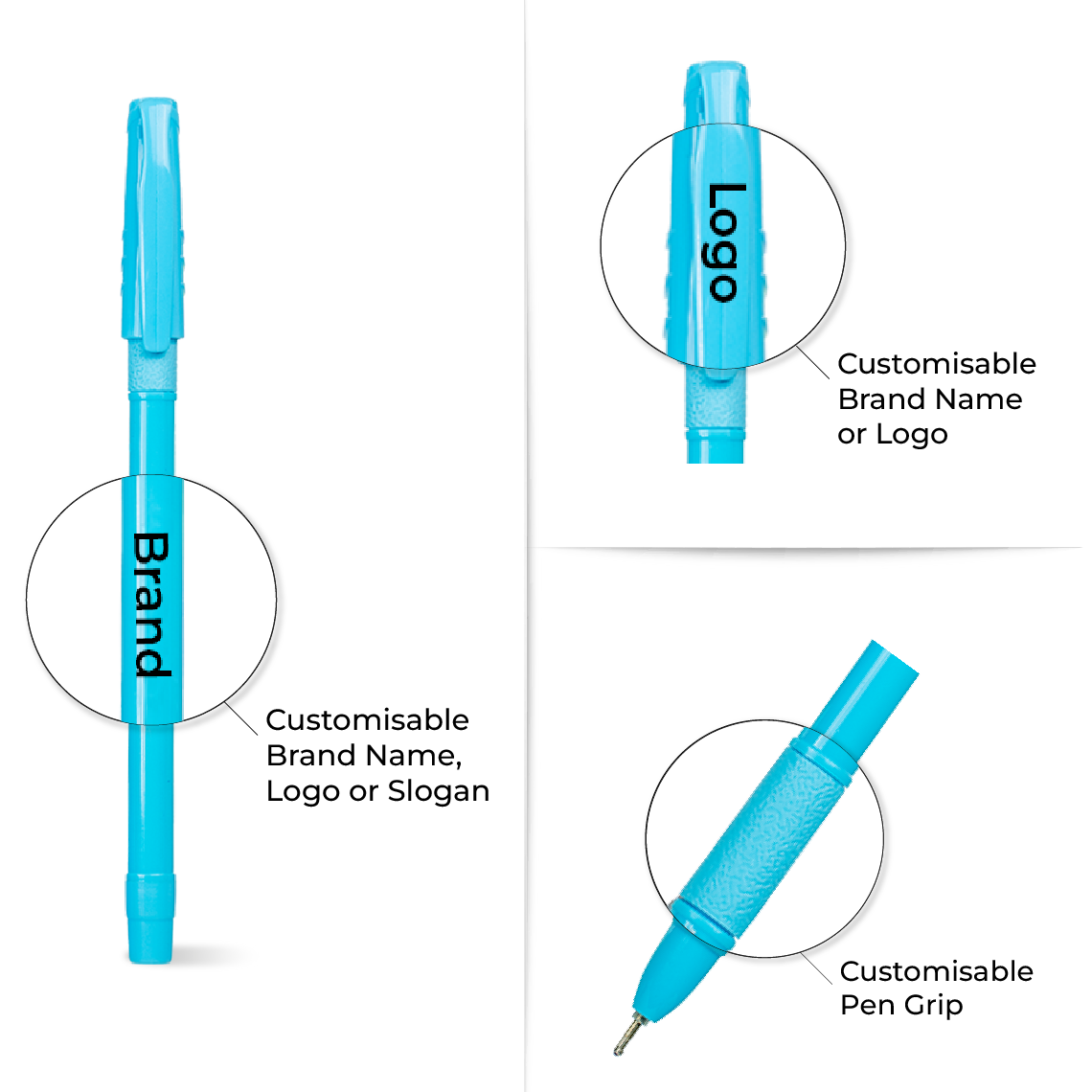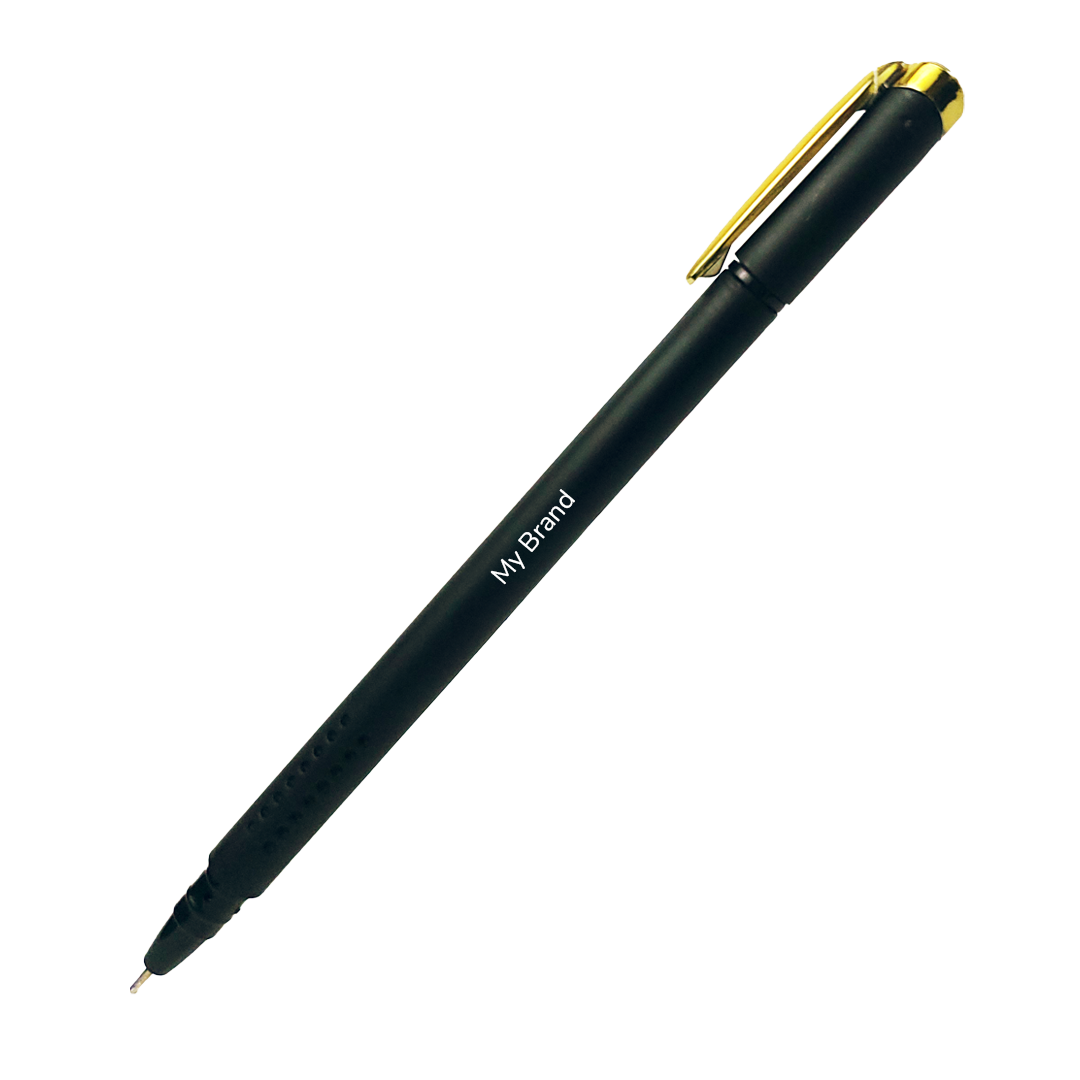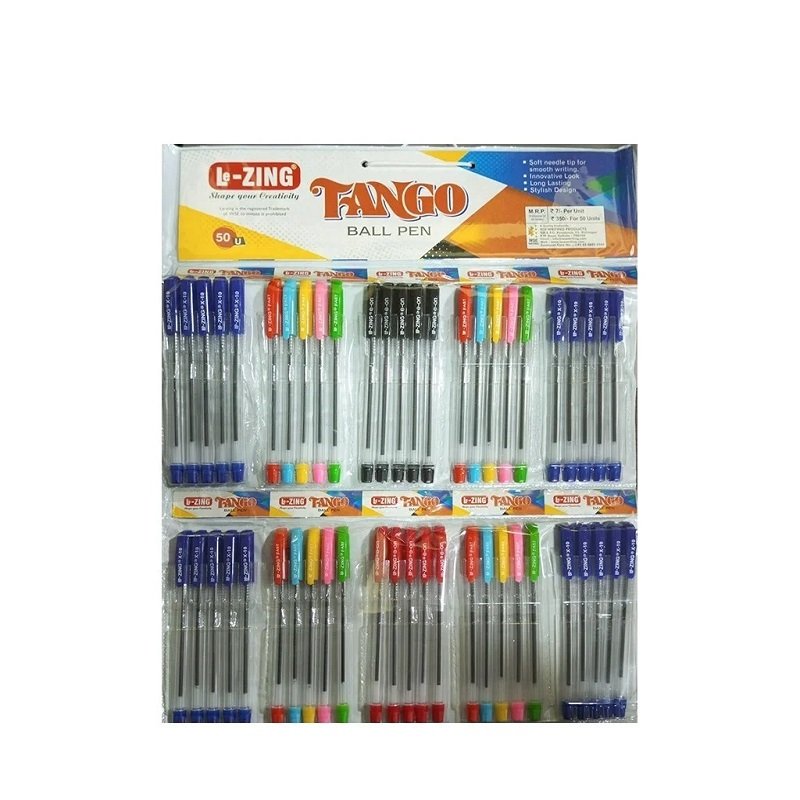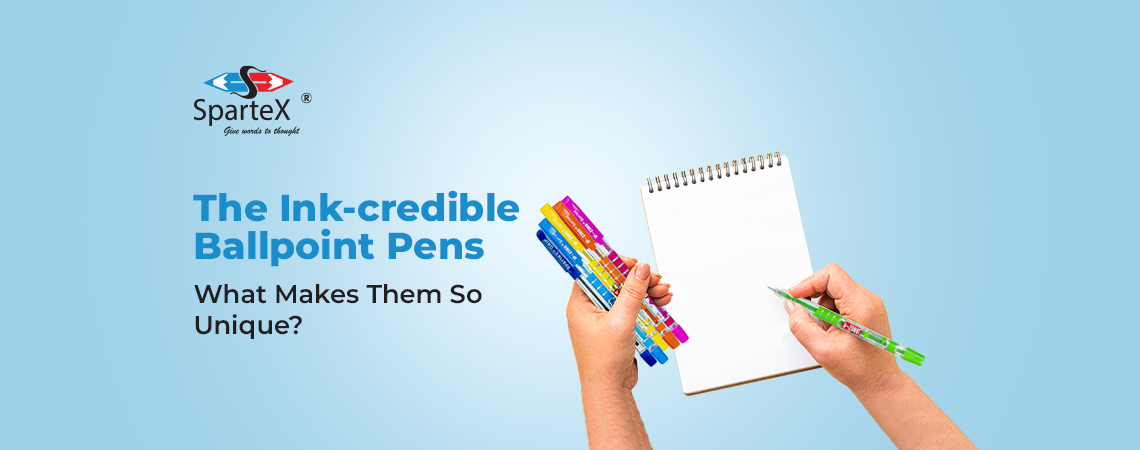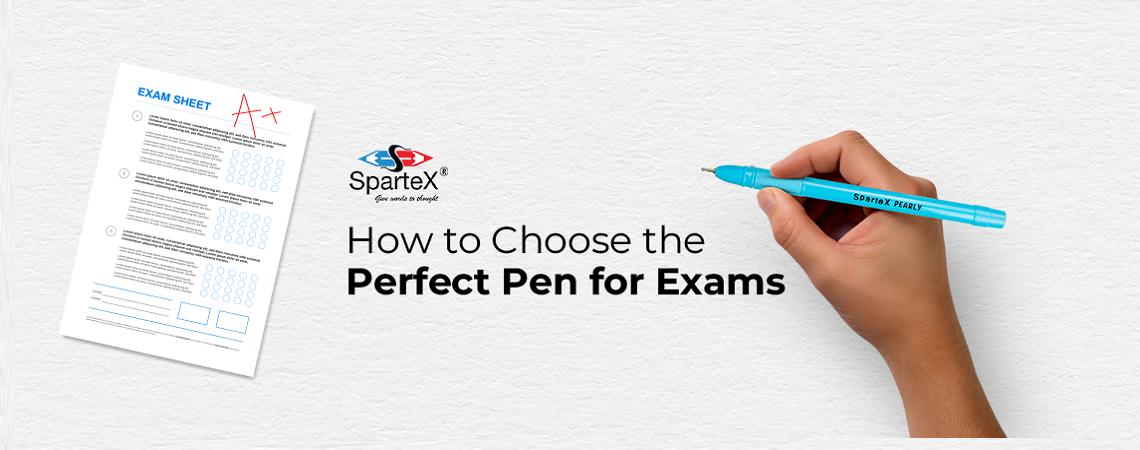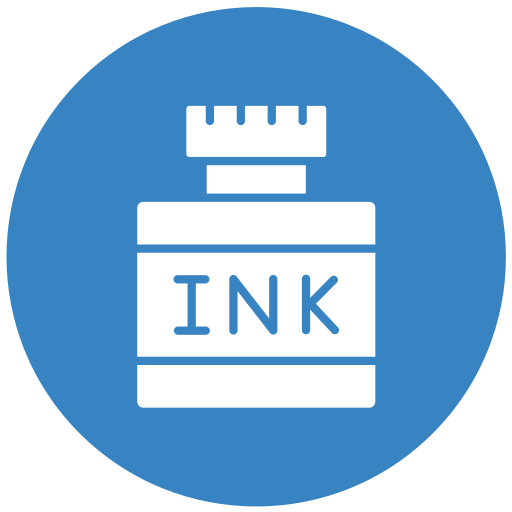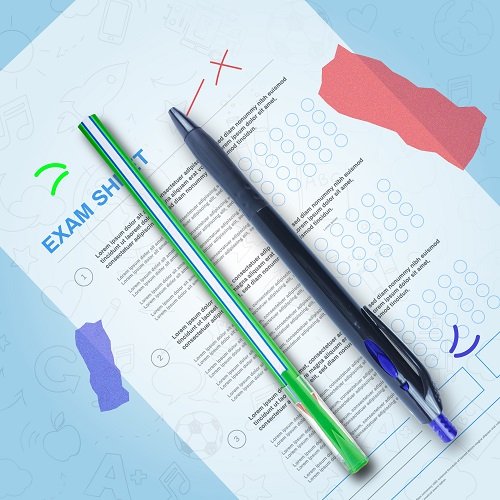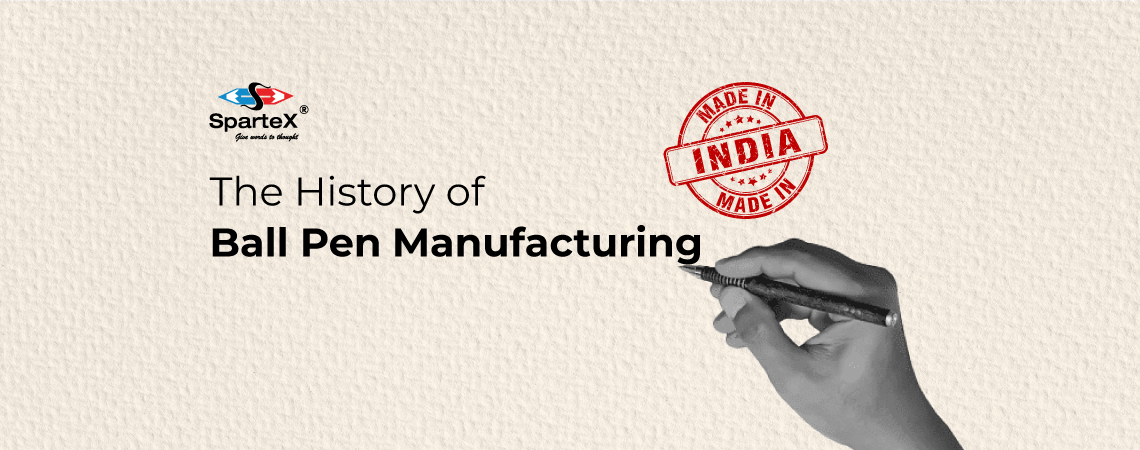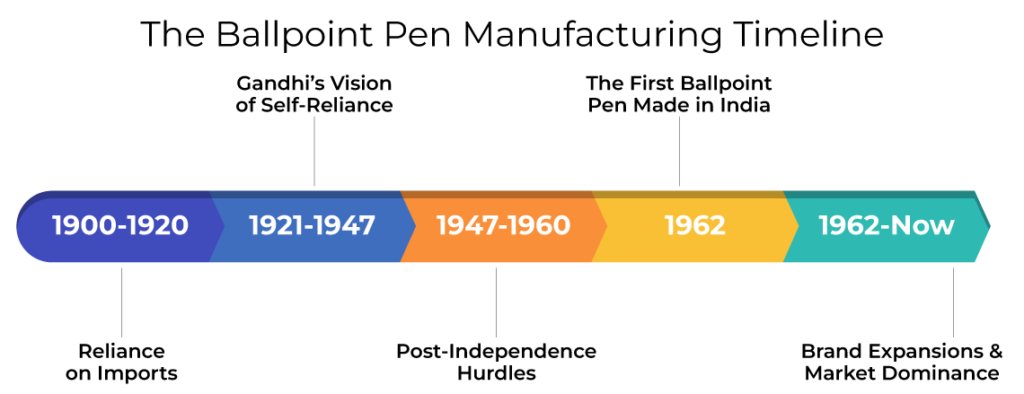In today’s fast-moving digital world, many still enjoy the simple pleasure of writing by hand. Whether you’re making a grocery list, signing documents, or helping your child with homework, the pen you choose matters.
Is it all about the ink? To be honest, a good pen isn’t just about ink—it’s about how it feels, how it flows, and how easy it is to use. This blog helps you understand what to look for in a pen, so your writing feels smooth, comfortable, and effortless every time.
Aesthetic Elegance in Every Stroke
Sometimes, the way a pen looks can make a big difference. A pen with a clean, stylish design often feels better to use. Many people enjoy writing with something that looks nice in their hand—especially if it has a smooth finish and good balance.
Spartex Pearly, for example, has a pearl-like shine and an easy grip. It’s not flashy but feels elegant and smooth when writing—great for those who care about how their pen looks and performs.

Make Seamless Writing a Daily Habit
Nobody likes a pen that skips or needs extra pressure. A smooth-writing pen makes your work faster and easier. Whether you’re writing notes or signing forms, pens with consistent ink flow and well-made tips save time and reduce effort.
Spartex Z-10 pen is made for this kind of writing—it glides across the paper and doesn’t smudge easily. For daily use at home, work, or school, a pen like this helps you write more clearly and quickly.
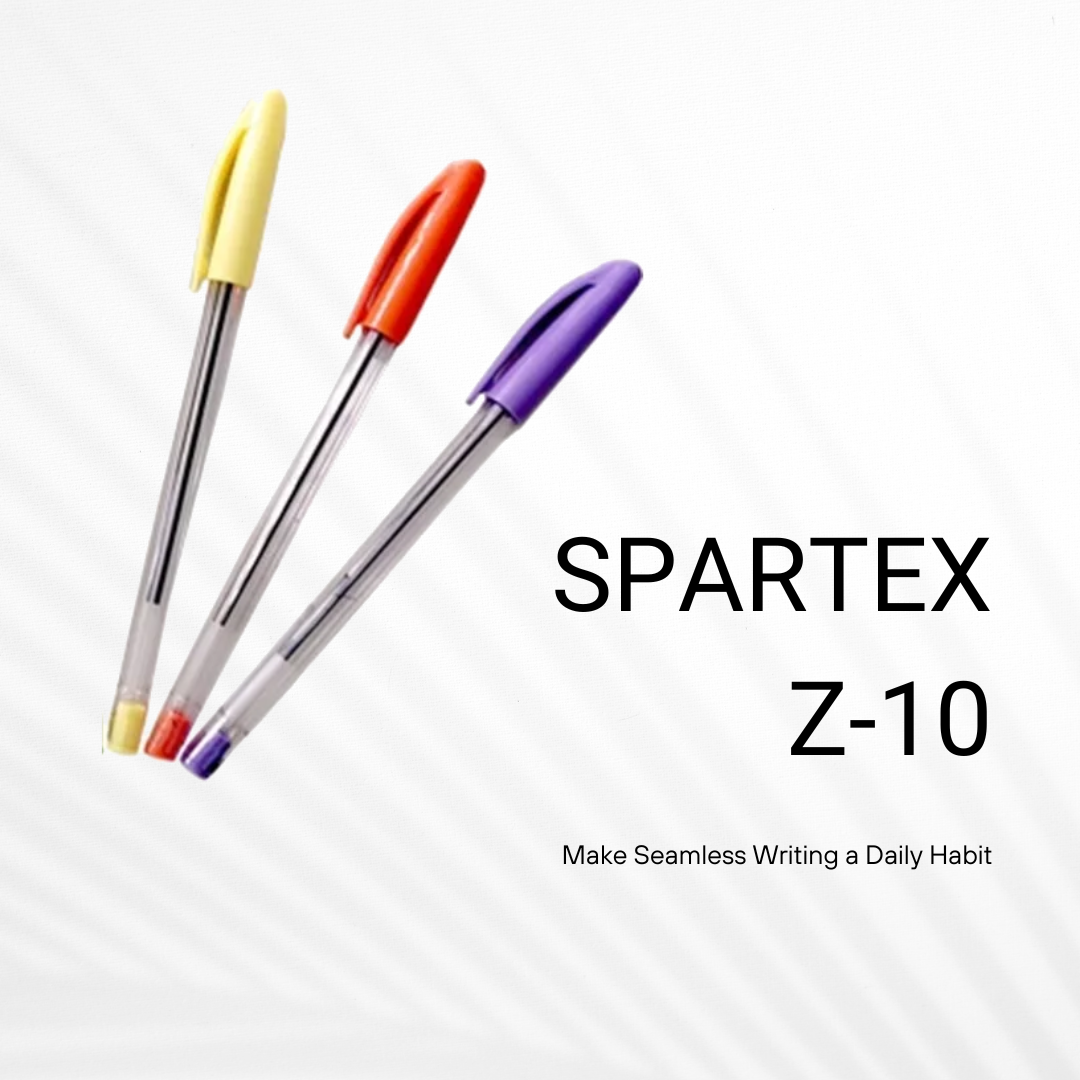
Looking for ball point pens to buy in bulk?
Request QuoteMaster Every Line with the Grip Pen Advantage
If you write for long periods, your hand can start to ache—unless your pen has a good grip. A comfortable pen with a soft hold helps you write without pain or slipping.
Spartex Grip is built to give support where your fingers need it most. Its lightweight body and textured grip make it easier to hold for a long time. This kind of pen is perfect for people who write a lot, like office workers or students.

The Student’s Best Friend
Students need a pen that can keep up with long hours of classes and note-taking. It should write fast, not leak, and feel light in the hand. A pen that doesn’t break easily or stop working in the middle of an exam is always the top choice.
Spartex Aqua is a practical option that meets these needs. It’s designed to write smoothly and last through school projects, tests, and everyday assignments—making it a reliable tool for learning.

Spartex: A Trusted Brand with a Positive Impact
When people look for pens, they want something dependable, easy to use, and built with care. That’s what Spartex offers. From elegant pens to sturdy everyday models, each Spartex pen is made with real user needs in mind. Whether it’s for students, office workers, or casual writing at home, Spartex continues to earn trust through quality products and thoughtful design.
Conclusion: A Better Way to Write
Buying a pen may seem simple, but the right one can truly make writing easier and more enjoyable. Whether it’s the smoothness of ink, how it feels in your hand, or how it looks on your desk—these small things matter. By choosing a pen that suits your everyday needs, writing becomes less of a chore and more of a comfort. Next time you pick up a pen, look for one that feels just right—because the best pen is the one that works for you.
Get in touch with us for an instant quote!
Request Quote



